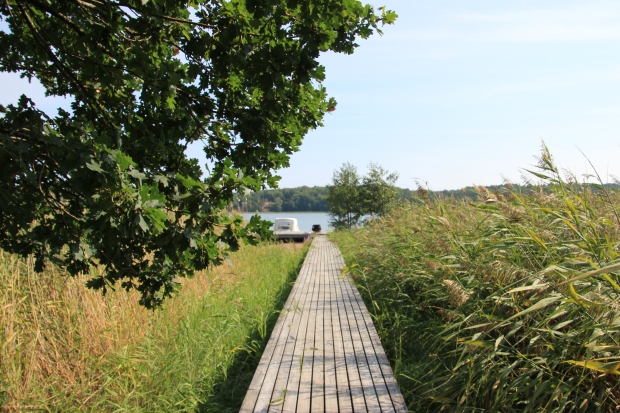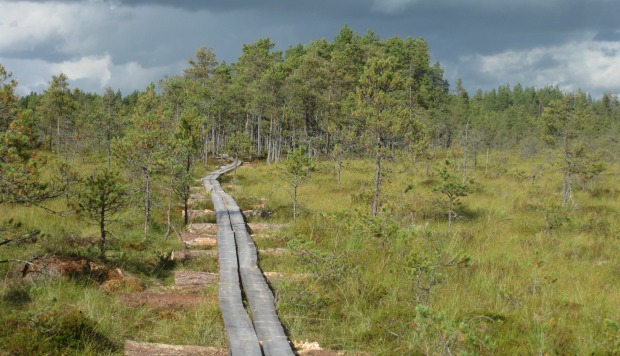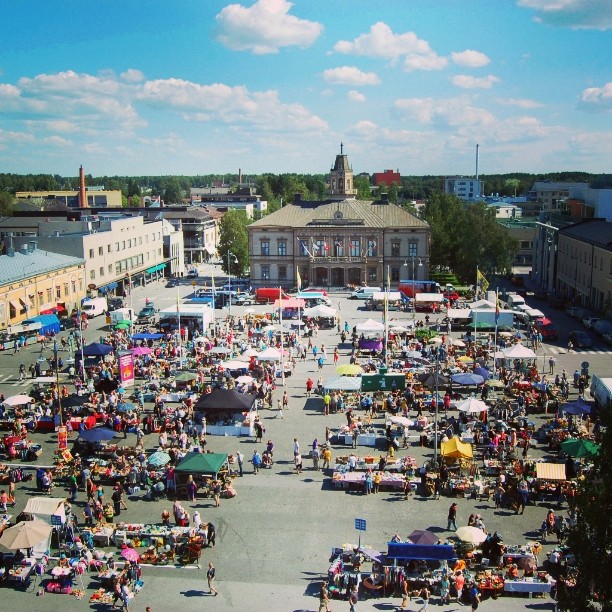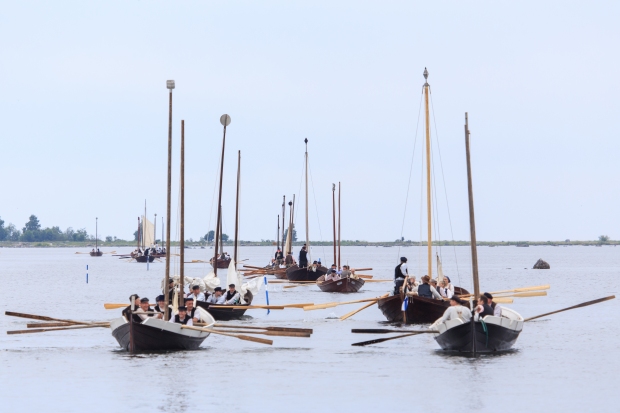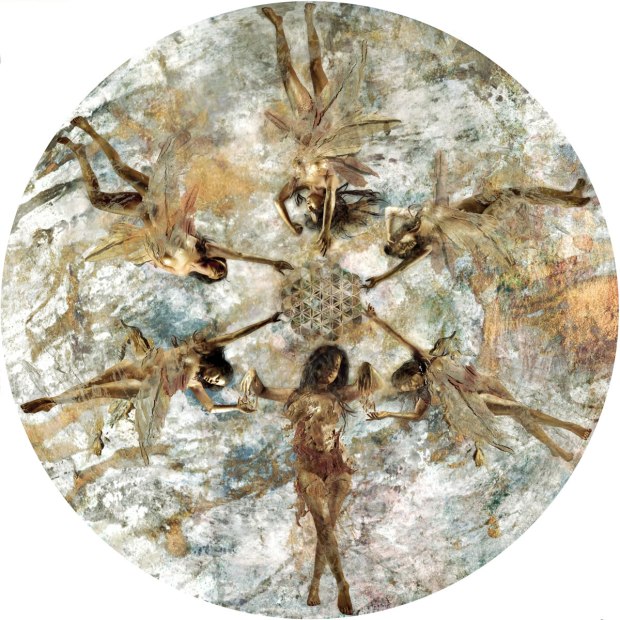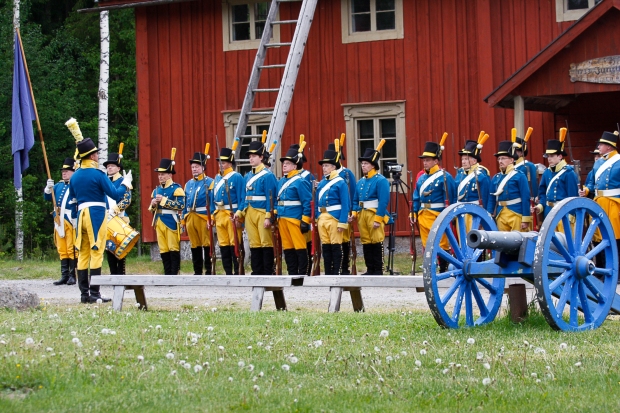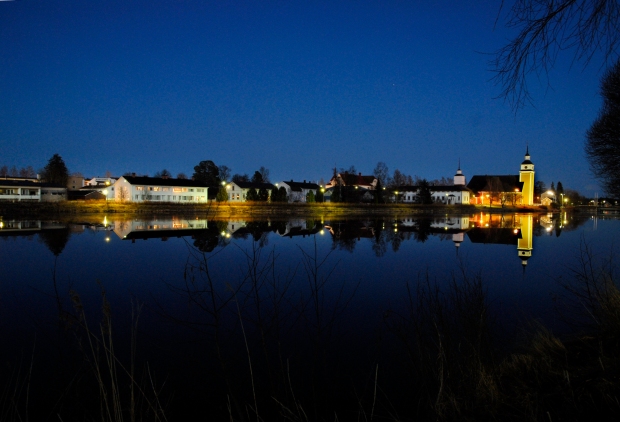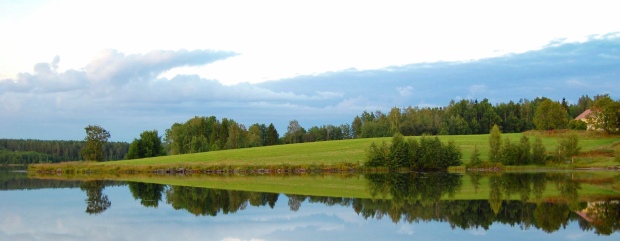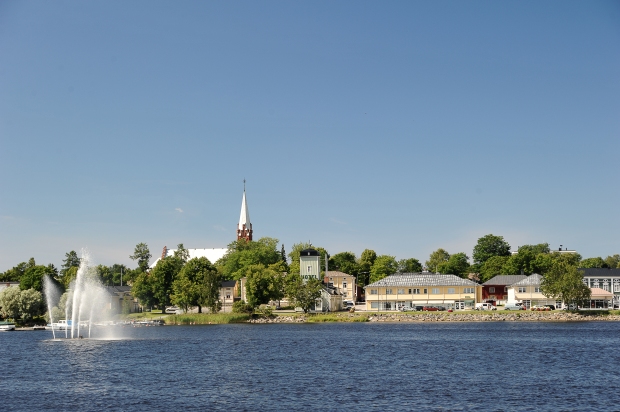The serene setting of the Pargas – or Parainen in Finnish – archipelago is made up of 10,000 islands. The recent union of five municipalities has created a municipality with one of the highest amount of islands in the Åboland (Turunmaa in Finnish) area. It is located in the Finland Proper region in southwestern Finland, and is a bilingual municipality with a majority of Swedish speakers.
culture
Art is my activism
Racism, inequality and structural violence have been part of the everyday life of the Sámi people for hundreds of years. The Sámi are Europe’s only indigenous people, located in Norway, Sweden, Finland and Russia, and suffer from being a minority. The Sámi aspire to live in harmony with nature, and pursue a sustainable relationship with the land they live on. A continued denial of rights to make decisions about the land they own as an indigenous population has led to hundreds of years of confrontation – a struggle which has recently begun to gather momentum.
Jenni Laiti grew up in Inari, and was bullied as a child. Yet it wasn’t until she was a teenager that she began to understand that the reason was her cultural heritage as a Sámi, an understanding that motivated her to do something to change that reality. (more…)
Pedersöre
RIVERS, lakes and the Kvarken archipelago – Pedersöre, or Pedersören kunta in Finnish, has a diverse nature to offer, not to mention excellent places to spend a day unwinding by fishing. It is a bilingual municipality in the Ostrobothnia region, with a majority of Swedish speakers. Historically it is one of the oldest parishes in the Ostrobothnia region.
History
There is no record of exactly how old Pederöre is, but it is one of three original parishes in the Gulf of Bothnia. It was first mentioned in writing in 1348, when King Magnus Eriksson issued a statute concerning trade in the parishes of Korsholm, Närpes, and Pedersöre. (more…)
Jakobstad
HOME OF Finnish National poet Johan Ludvig Runeberg, Jakobstad, or Pietarsaari in Finnish, has been an important player in the cultural development of the west coast in Ostrobothnia. It is a bilingual municipality with a majority of Swedish speakers, situated by the sea.
History
Jakobstad was founded in 1652. On 19 June Queen Christina granted Count Jacob de la Gardie the right to found the town in the parish of Pedersöre, yet after his death the project was taken over by his widow Countess Ebba Brahe. The town was named Jakobstad after the Count, but its Finnish name Pietarsaari pays tribute to the municipality it once belonged to, Pedersöre. (more…)
Korsholm
Korsholm, or Mustasaari in Finnish, is located in the Ostrobotnia region. The municipality has a majority of Swedish speakers. Over half of the Kvarken archipelago region, a UNESCO World Heritage site, is located in Korsholm.
History
Korsholm first appeared in historical documents in 1348. For many hundreds of years, Ostrobotnia was governed by Swedes from the Korsholm region. The modern Korsholm municipality was established in 1973, with the integration of five communities. (more…)
Emotional alchemy for all
“Vesa’s art is amongst the most integrally advanced in the history of Western abstraction – no small claim, but one backed up by the works themselves. Rather than abstraction as a fleeing from life, his works are a diving into the incarnate mystery of human being – direct celebrations of the fullness of Life.”
Michael Schwartz, Professor of History and Philosophy of Art, Augusta State University, March 2014
“Close your eyes”, he tells me. “Take two deep breaths.” A simple relaxation exercise begins. Once I feel that numbing feeling begin to filter down my body, the next step guides me to a positive place. Afterwards I am surprised to find that I feel thoroughly, thoroughly relaxed. This is Finnish artist Vesa Kivinen’s demonstration of how he gets to a personal level with the models he works with. (more…)
Vörå
On the coast of the Gulf of Bothnia lies a municipality which played an important role in Finnish history – both in its occupation by Russia, and its independence. Vörå, or Vöyri in Finnish, is a bilingual municipality with a majority of Swedish speakers. It is incidentally also where Jean Sibelius got married.
History
Until 1809, Finland was under Swedish rule. One of the main battles to change the fate of Finland was the battle of Oravais, which took place in Vörå during the Finnish War of 1808-9. During the course of the battle, Russian troops attacked the Swedish troops located in Oravais, causing the latter to retreat. The Battle is considered one of the bloodiest of the war – it is estimated that there were at least 1,000 Finnish and Swedish and 800 Russian casualties. The battle was also a critical one for Finland’s future – losing it meant becoming part of Russia. (more…)
Nykarleby
A RIVER FLOWS idly through a town in the Ostrobothnia region. A historic railway marks the spot of the harbour. The town is called Nykarleby, and is the centre of the Nykarleby, or Uusikaarlepyy, municipality.
History
The Nykarleby district was formed in 1607 by connecting parts of Pedersöre and Vörå, and became an official municipality in 1620 through the initiative of King Gustav II Adolf. The growth of the new municipality, however, was slow. It only began to flourish in the late 1700s. (more…)
Kronoby
KRONOBY, or Kruunupyy in Finnish, is located in the Ostrobothnia region. It is a bilingual municipality, with a Swedish speaking majority. It boasts beautiful nature, a plethora of museums, and a friendly – and humorous! – population.
History
In 1969, Kronoby, Nedervetil and Terjärv municipalities married up to become Kronoby municipality. The aim of the unification was to create a strong community with a high level of service and discretion. Since 1983, the municipality has been a bilingual one. (more…)
Kristinestad
KRISTINESTAD, or Kristiinankaupunki in Finnish, is located by the Gulf of Bothnia, and is a part of the Ostrobothnia region. It is a bilingual municipality where the majority of the population speak Swedish.
History
Count Peter Brahe founded Kristinestad on the Koppö island in the year 1649, having noticed its potential for a port. The Swedish Queen Christina signed the charter of the town, becoming the namesake of Kristinestad. The ‘Lilliputian’ new port grew slowly until it established itself as a trading hub in the 18th century. (more…)
